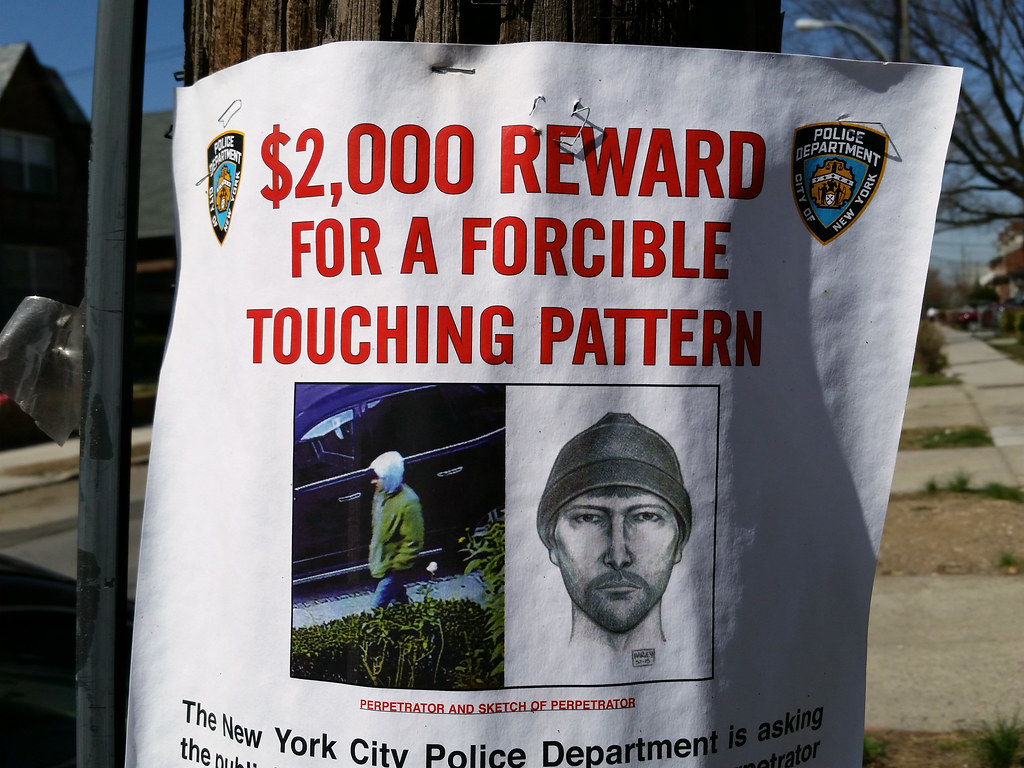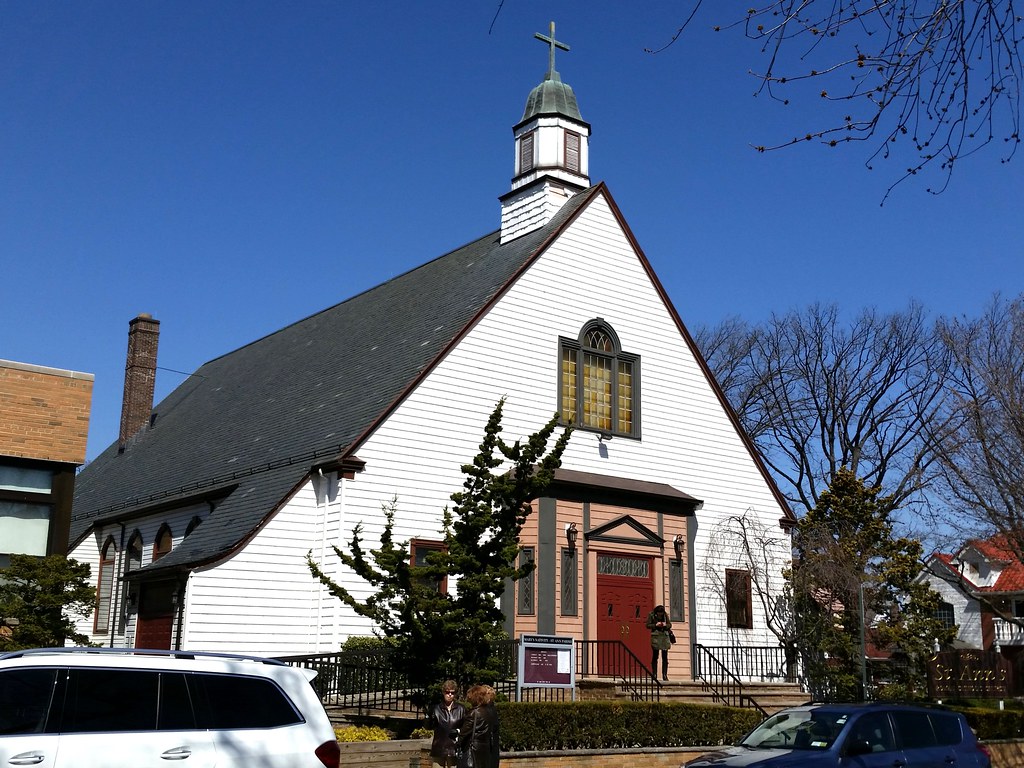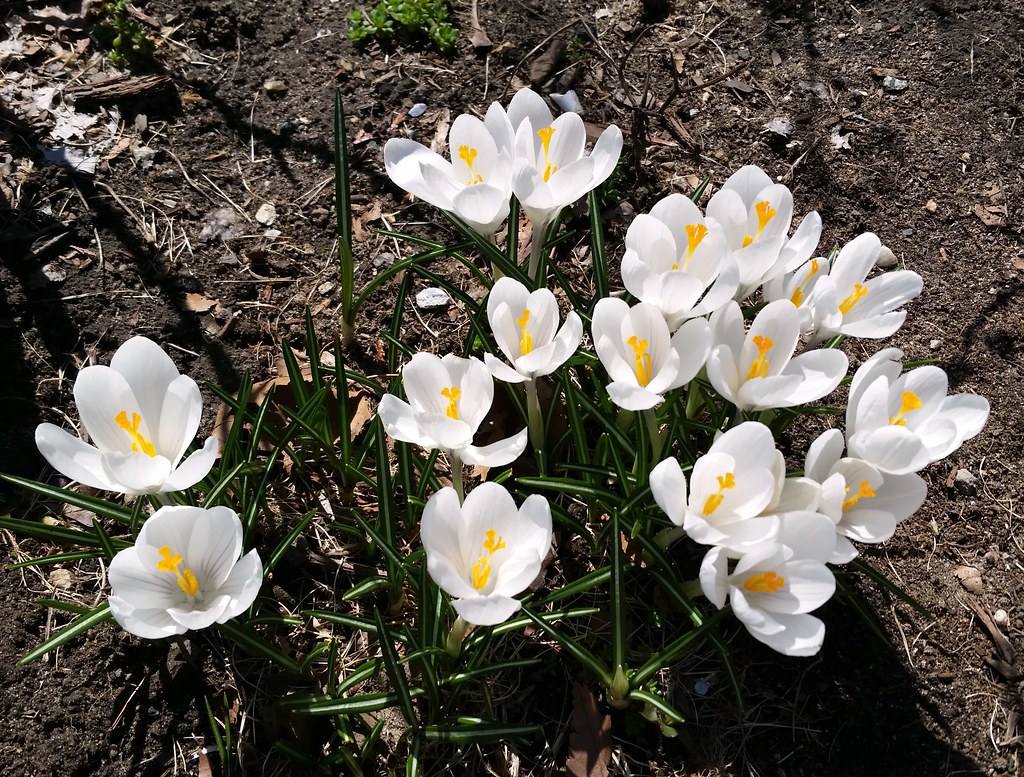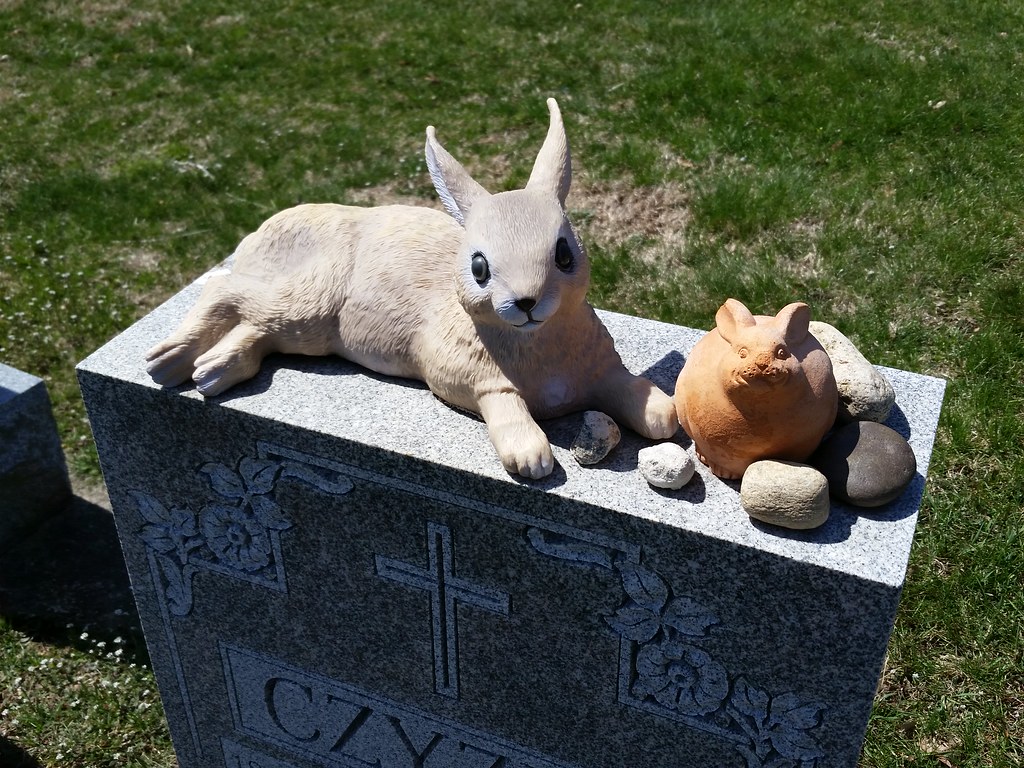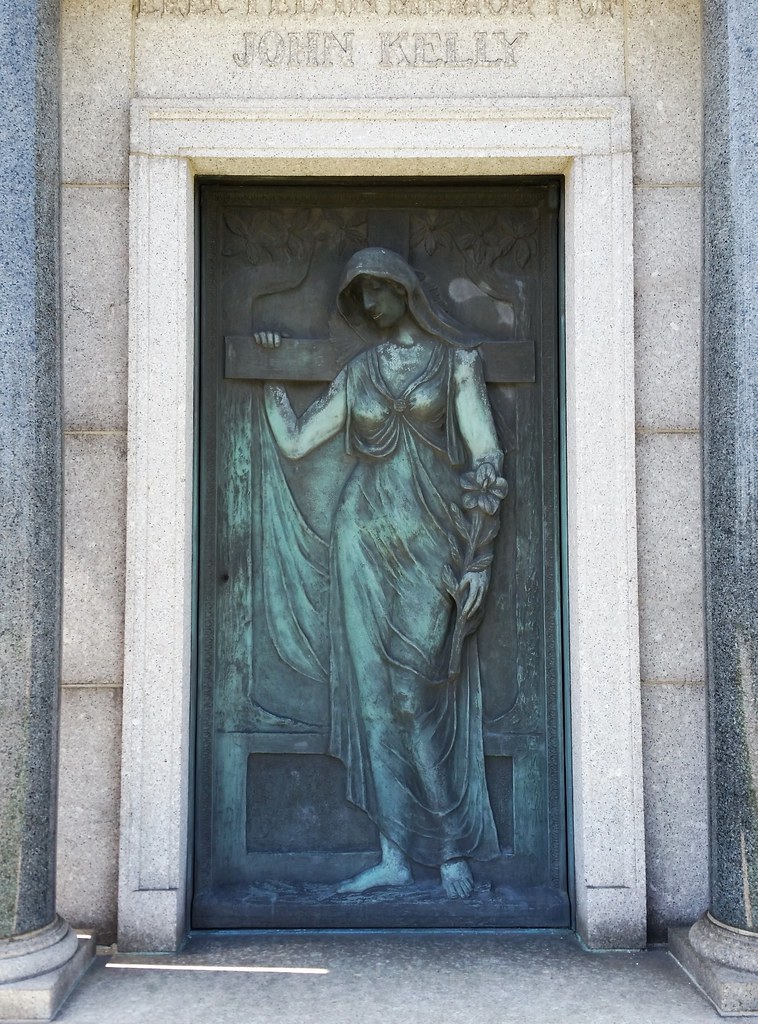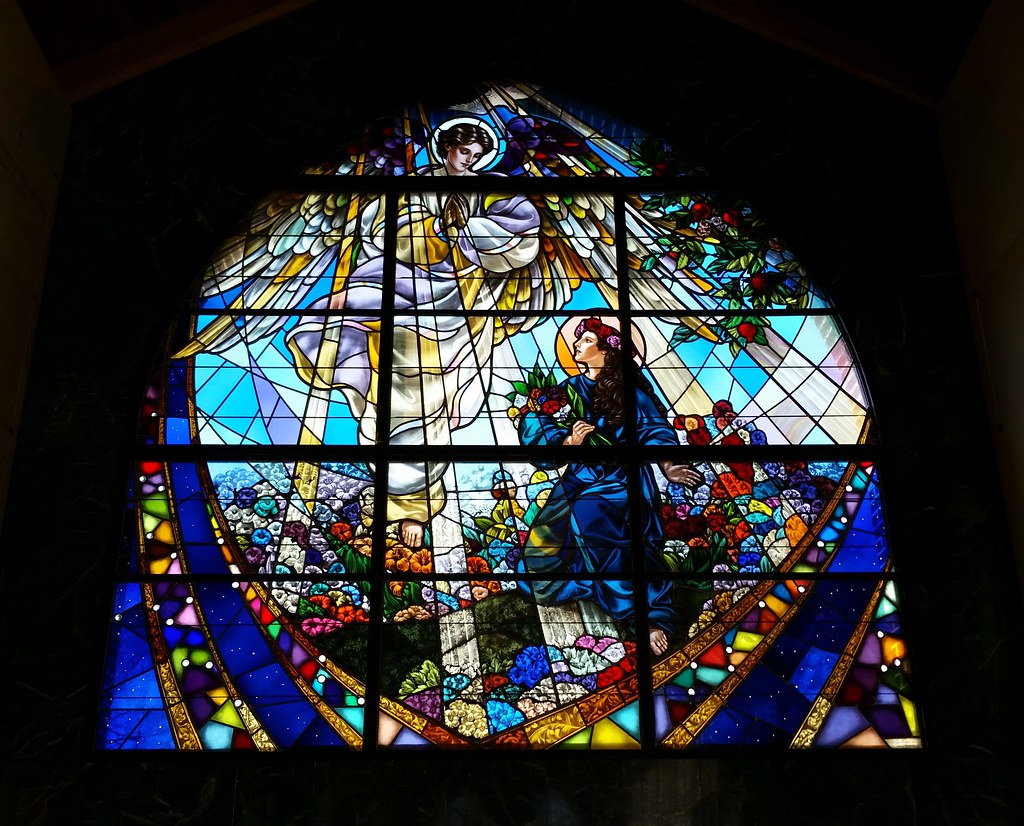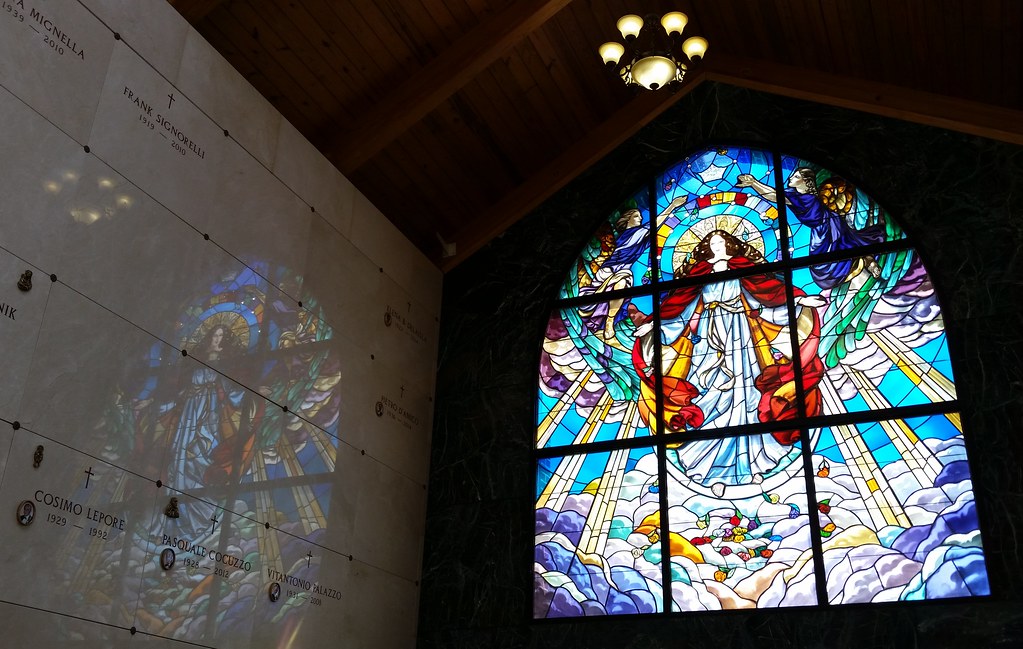

A September 2014 Street View image shows three other sports cars (including another Corvette) parked at the house across the street.
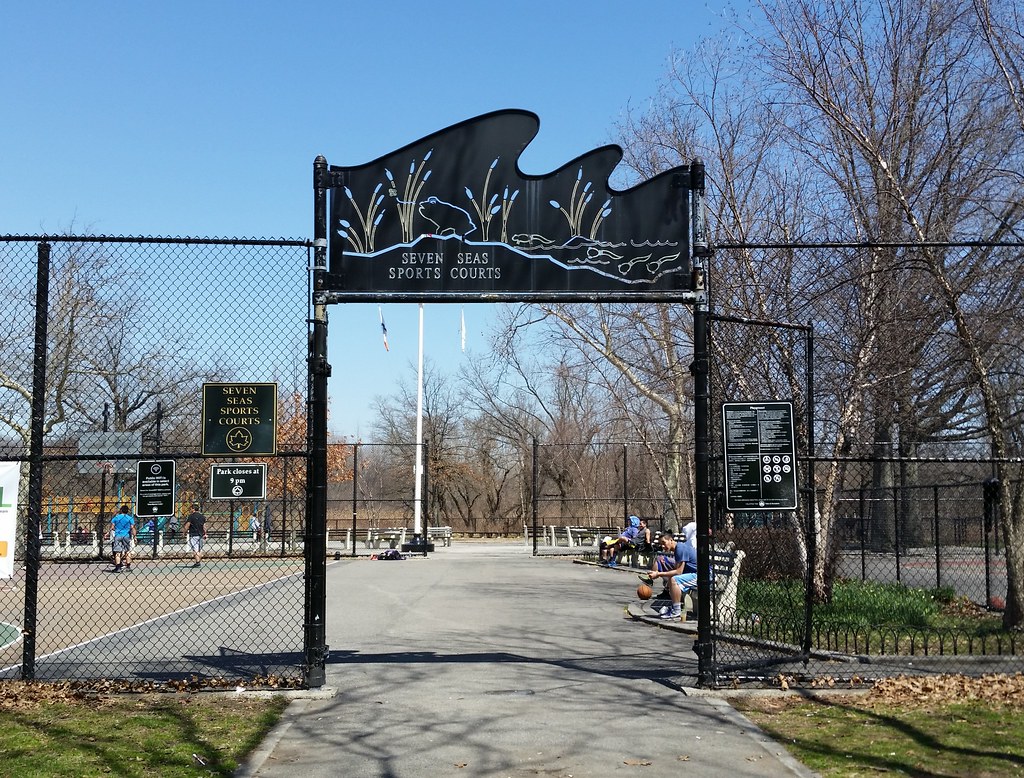
You ask where I live
Here's the address I give
The four winds and the seven seas
I didn't see any signs indicating this, but the playground that contains the Seven Seas Sports Courts is apparently called Four Winds Playground. Henry Stern's fingerprints are all over this place, from the unusual names (that are likely a reference to an old song — wouldn't be the first time) to the animal art above the entrance.
I don't know why Mr. Stern would have picked these names for this place in particular; perhaps they're just a general nod to the international character of Queens.

We're now in Mount St. Mary Cemetery, where a lion cub was found roaming around the headstones one night in 1980.

Mr. Thunders, a guitarist, was a founding member of the New York Dolls. Jerry Nolan, a former drummer for the Dolls, is also buried here at Mount St. Mary.
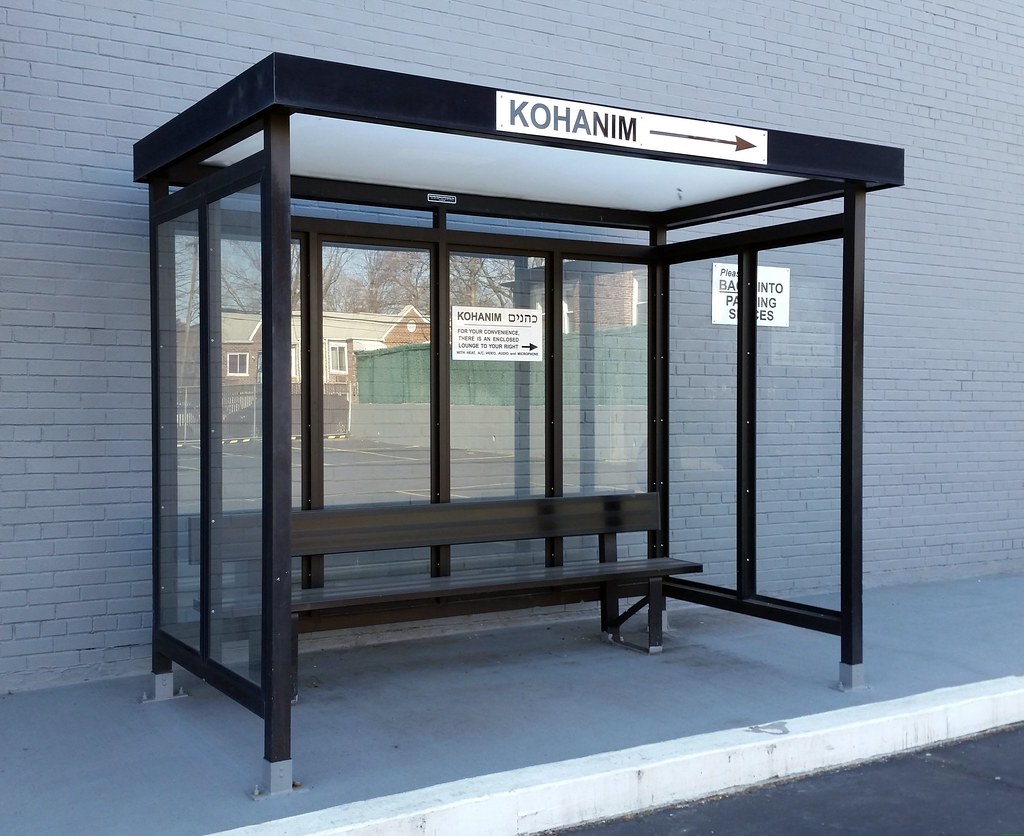
The sign at the back of this shelter outside Sinai Chapels, a Jewish funeral home, reads: "Kohanim — For your convenience, there is an enclosed lounge to your right with heat, A/C, video, audio and microphone".
The Kohanim (or Cohanim) — the priestly class — are the subset of Jews said to be patrilineally descended from the biblical Aaron. A 1997 NY Times article explains:
The Cohanim predate rabbis, and trace their origins back 3,300 years to the first high priest, or Cohen, Aaron, the older brother of Moses.(DNA evidence offers some support for the idea of an ancient, patrilineally descended priestly class. According to a 2009 study: "In conclusion, we demonstrate that [approximately] 46.1% . . . of Cohanim carry Y chromosomes belonging to a single paternal lineage . . . that likely originated in the Near East well before the dispersal of Jewish groups in the Diaspora.")
Beginning with Aaron, priestly status has been passed down through the ages, from fathers to sons through word of mouth. To this day, all the Cohanim are seen as descendants of Aaron, not just figuratively but by blood. Many, but not all, have the surname Cohen, Kohen, Cohn, Kohn, Cone, Kone, Cahn, Kahn or Kahane. (Cohen in Hebrew means priest.) But not everyone with one of those names is necessarily one of the Cohanim.
In Orthodox and some Conservative congregations, they are accorded special respect and are the only ones who can perform certain important religious duties (that is not the practice among Reform Jews). The Cohanim blessing is made by holding the hand with a split between the ring finger and middle finger -- a gesture that Leonard Nimoy remembered seeing as a boy in synagogue, and decided, as Spock on ''Star Trek,'' to adapt as the Vulcan greeting.
But let's get back to the matter at hand. Because of their priestly status, observant Kohanim abide by a number of restrictions relating to dead bodies in order to avoid becoming ritually impure. Relevant to the photo above is the prohibition on being under the same roof as a dead person who is not one of the immediate family members listed here. To pay their respects to a deceased friend or other relative without defiling themselves, Kohanim traditionally stand outside while a funeral service takes place. Many Jewish funeral homes have external loudspeakers that allow the Kohanim to hear the service. Some funeral homes, like Sinai Chapels, provide the Kohanim with a room in a separate building where they can follow along with and even participate in the service.

